Have you ever wondered why your LED lights are not as bright as they used to be? Or why do they seem to flicker or make a buzzing noise? LED lights are known for their durability and energy efficiency, but like any technology, they can have certain issues. In this article, we will explore common problems with LED lights and provide practical solutions to these issues.
Common Problems with LED Lights
Brightness Issues (Disturbingly Bright or Dim Light)
LED lights can sometimes be too bright or too dim, which can be a problem depending on their intended use. Here’s a breakdown of these issues:
Disturbingly Bright: LED lights can sometimes emit light that is too bright for comfort. This can be due to a high lumen rating, which measures the total amount of visible light emitted by a light source. A bulb with a high lumen rating will emit a brighter light. This can cause discomfort, especially in a home setting where a softer light is often preferred. It can also lead to glare, which can be uncomfortable to the eyes and make it difficult to see other objects in the area.
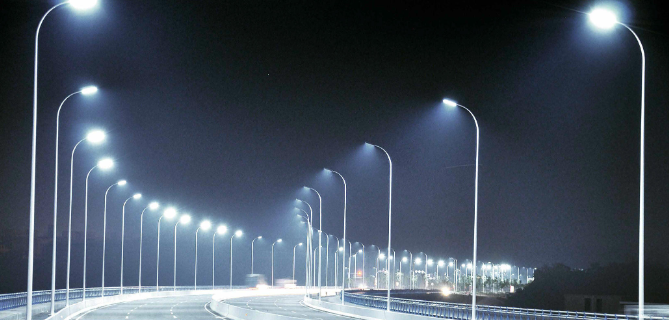
Too Dim: On the other hand, some LED lights may not be as bright as expected. This can be due to a number of reasons, including a low lumen rating, incorrect power supply, or the design of the bulb. For instance, if the LED light is not receiving sufficient voltage, it may not produce light at its maximum brightness. Similarly, the design of the bulb can affect the direction and spread of the light, which can affect the perceived brightness.
Both of these issues can be addressed by choosing the right LED light for your needs. If your LED lights are too bright, consider using a dimmer switch or choosing a bulb with a lower lumen rating. You could also add a diffuser or use light shades to adjust the brightness to a comfortable level.If your LED lights are too dim, ensure they are receiving sufficient voltage or consider choosing a bulb with a higher lumen rating.
Incorrect LED Light Installation
Improper installation can lead to issues like incorrect distribution of light, exposed or loose wires, and recurrent breakdowns. For example, if the LED light is not properly aligned in the fixture, it may not distribute light evenly. Similarly, if the wires are not properly connected, it can lead to intermittent operation or even a complete breakdown.
Solution: Always follow the manufacturer’s installation guidelines to avoid these problems. If you’re not comfortable doing it yourself, consider hiring a professional to install the LED lights. Regularly check the fixtures to ensure the lights are properly aligned and the wires are securely connected.
Incorrect LED light installation refers to a variety of issues that can occur when LED lights are not properly installed. These can include:
- Poor Light Distribution: If the LED light is not properly aligned in the fixture, it may not distribute light evenly. This can result in areas that are too bright or too dim.
- Electrical Issues: If the wires are not properly connected, it can lead to intermittent operation or even a complete breakdown of the light. Loose connections can also pose a safety hazard.
- Shortened Lifespan: Improper installation can lead to premature failure of the LED light. For example, if the light is not properly secured in the fixture, it may be subject to excessive vibration which can damage the light.
- Incompatibility Issues: Not all LED bulbs are designed to fit in traditional light fixtures. If the bulb and fixture are not compatible, it can lead to a variety of issues, including poor light output and premature failure of the bulb.
To prevent incorrect LED light installation, consider the following solutions:
- Follow Manufacturer’s Instructions: Always follow the manufacturer’s instructions when installing LED lights. These instructions will provide the correct steps for installation and any specific requirements for the LED light.
- Use Correct Tools: Using the correct tools for installation can prevent damage to the LED light and ensure a secure fit. This might include a screwdriver, wire strippers, or a ladder for reaching high fixtures.
- Ensure Correct Power Supply: LEDs require a specific power supply to function correctly. Make sure you have the correct power supply as indicated by the manufacturer.
- Hire a Professional: If you’re unsure about installing the LED lights yourself, consider hiring a professional. They have the necessary skills and experience to install the lights correctly and safely.
- Check Compatibility: Ensure that the LED bulb is compatible with the existing fixture. Not all LED bulbs fit in traditional light fixtures, so it’s important to check this before installation.
- Proper Wiring: Make sure the wiring is done correctly. Incorrect wiring can lead to a variety of issues, including flickering lights, reduced bulb life, or even a potential fire hazard.
Overheating LED Light
LED lights can overheat if placed in an environment they’re not designed for. You know how when you use your laptop for a long time, it starts to get hot? Well, the same thing can happen with LED lights. Even though they’re way more energy-efficient than old-school incandescent or fluorescent bulbs, they still produce some heat.
Now, under normal conditions, this isn’t a problem. LEDs are designed to handle a bit of heat. But if they’re not installed properly, or if they’re in a small, enclosed fixture without good ventilation, they can get too hot. This is what we call overheating.
When an LED light overheats, it can cause a bunch of problems. For starters, it can shorten the lifespan of the light. That means you’ll have to replace it sooner than you’d like, which is a bummer. Plus, in extreme cases, it can even pose a fire hazard. Yikes!
To prevent LED lights from overheating, consider the following tips:
- Proper Installation: Ensure that the LED lights are installed correctly according to the manufacturer’s instructions. Incorrect installation can lead to overheating.
- Adequate Ventilation: Make sure the LED lights are placed in a well-ventilated area. Heat can build up if the lights are in a small, enclosed fixture, leading to overheating.
- Use Heat Sinks: Some LED lights come with heat sinks, which are designed to absorb and disperse the heat generated by the lights. If your LED lights are prone to overheating, consider using lights with heat sinks.
- Choose the Right Fixture: Not all fixtures are suitable for LED lights. Some may not provide enough space or ventilation for the lights, leading to overheating. Make sure to choose fixtures that are compatible with LED lights.
- Regular Maintenance: Regularly clean your LED lights to remove dust and debris, which can trap heat and cause the lights to overheat.
Failing to Comply with the Recommended Current or Voltage for LEDs
Every LED light has a recommended current and voltage range. This is kind of like the light’s comfort zone – it’s where it performs best. If you give it too much or too little voltage or current, it’s like trying to run in shoes that are too big or too small. It just doesn’t work well. Supplying your LEDs with a lower or higher than required current can keep the fixtures from serving their purpose. For example, if the current is too high, it can cause the LED to overheat and fail prematurely. On the other hand, if the current is too low, the LED may not produce light at its maximum brightness.
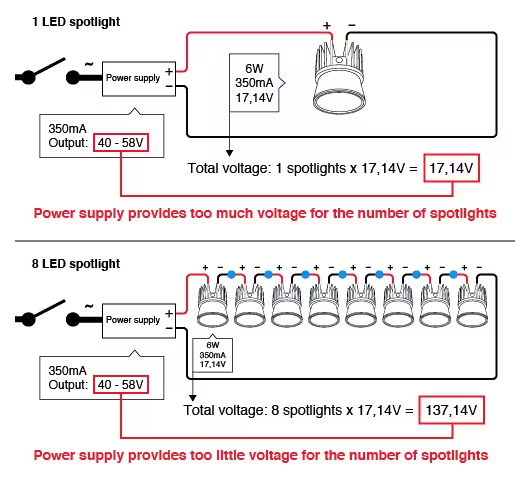
To prevent issues with incorrect current or voltage for your LED lights, always use the correct power supply that matches the LED manufacturer’s specifications. Consider using LED drivers that regulate power and protect against voltage fluctuations. If in doubt, get a professional to check your electrical system and install the lights. This way, your LEDs will work smoothly and last longer.
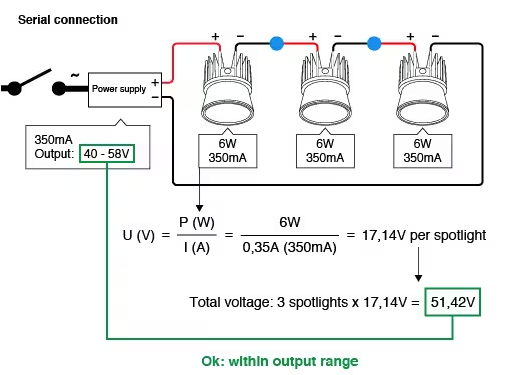
Cheap or Low-Quality LED Lights
The old saying “you get what you pay for” really rings true when it comes to LED lights. You see, some LED lights are sold at rock-bottom prices, and while they might be tempting, they often come with a catch – poor quality.
These cheap LEDs often have issues like flickering due to shoddy soldering of the gold wire with the LED chips. It’s like trying to hold together a skyscraper with duct tape – it’s just not going to work well. Plus, these low-grade bulbs often have subpar PCB designs that can’t handle the current properly, leading to sudden changes in brightness. This not only affects the quality of light but also reduces the lifespan of the LED light.
So, what’s the solution? Well, it’s worth investing a bit more in high-quality LED lights from reputable brands. Think of it as an investment in your lighting future. Brands like Philips, Osram, GE Lighting, Zumtobel, Flos and Sinolumi LED Ltd. are all solid choices.
But how can you tell if an LED light is high quality? Well, there are a few things to look out for. If the price seems too good to be true, it probably is. Also, check the weight of the bulb – a heavier bulb might mean it’s packed with higher-quality components. Look at the housing too – is it made of sturdy plastic or aluminum? And don’t forget to check the voltage and current ratings, as well as the chip size.
Lastly, take a peek at the bulb’s powder coating or painting. If it’s done well, it’s a good sign that the rest of the bulb is high quality too.
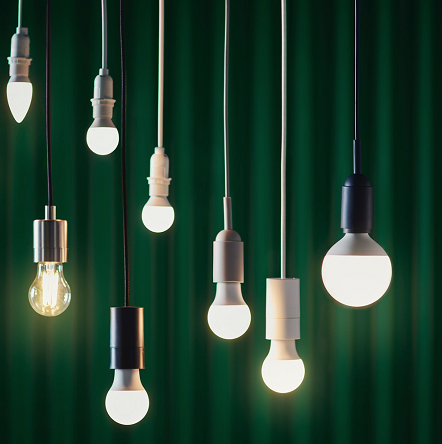
Remember, when it comes to LED lights, quality really does matter. So, take the time to do your research and choose wisely. Your eyes (and your wallet) will thank you in the long run!
Buzzing Noise or Humming
Some LED lights may produce a noticeable buzzing or humming sound, especially when dimmed.

The buzzing noise or humming from LED lights can be caused by a few factors:
- Dimmer Switch Incompatibility: Not all LED lights are compatible with all types of dimmer switches. If an incompatible dimmer switch is used, it can cause the LED light to buzz or hum.
- LED Driver Issues: The LED driver, which regulates the power to the LED light, can sometimes cause a buzzing or humming noise. This is especially true for lower quality drivers.
- Electrical Load: Sometimes, the electrical load on a circuit can cause LED lights to buzz or hum. This is more common in circuits with a mix of LED and non-LED lights.
- Voltage Fluctuations: If the voltage supplied to the LED light is not stable, it can cause the light to buzz or hum.
To fix this, you might need to replace the dimmer switch or LED driver. If not work, you need to adjust the electrical load on the circuit by removing non-LED lights from the circuit or consulting with an electrician to make necessary adjustments. If voltage fluctuations are causing the noise, you may need to find a way to stabilize the voltage. This could involve adjusting your electrical system or using a voltage regulator.
Outmoded/Incompatible Fixtures or Dimmers
Outdated dimming circuits can become incompatible with LEDs. This is because traditional dimmers were designed to work with incandescent bulbs, which have different electrical characteristics than LEDs. When used with LEDs, these dimmers can cause flickering, buzzing, or even premature failure of the LED bulb.
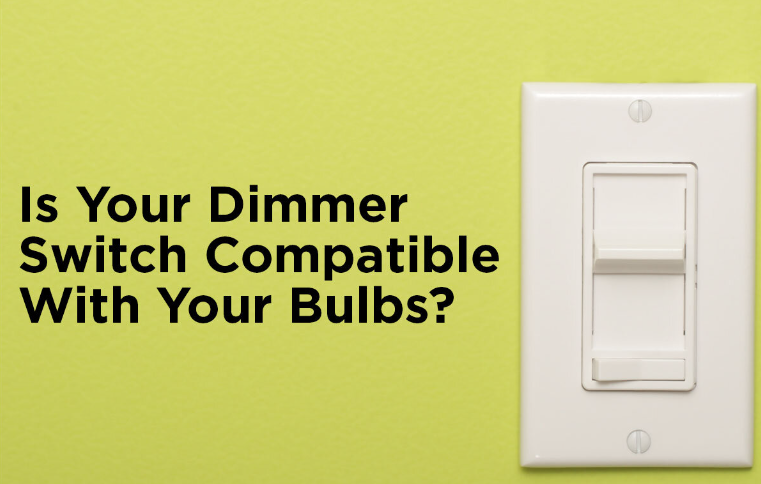
Always ensure each LED type is adaptable with each dimmer type. If you’re experiencing problems with your LED lights when using a dimmer, try replacing the dimmer with one that is specifically designed to work with LED lights.
Loose LED Light Bulbs
Loose LED bulbs commonly cause flickering issues. This is because the electrical connection between the bulb and the fixture is not secure, which can cause intermittent operation.
Make sure that you install your LED bulbs securely in the fixture. If the bulb is loose, try tightening it. If the bulb still flickers, it may be a problem with the fixture itself, in which case you may need to replace the fixture.
LED Light Burning Out Quickly
Cheap and low-quality LED lights sold without warranties often burn out quickly. This is usually due to poor design or subpar components, which can cause the LED to overheat and fail prematurely.
Always choose high-quality LED lights from reputable brands. These lights are often designed to better manage heat and are made with higher-quality components, which can extend the lifespan of the light.
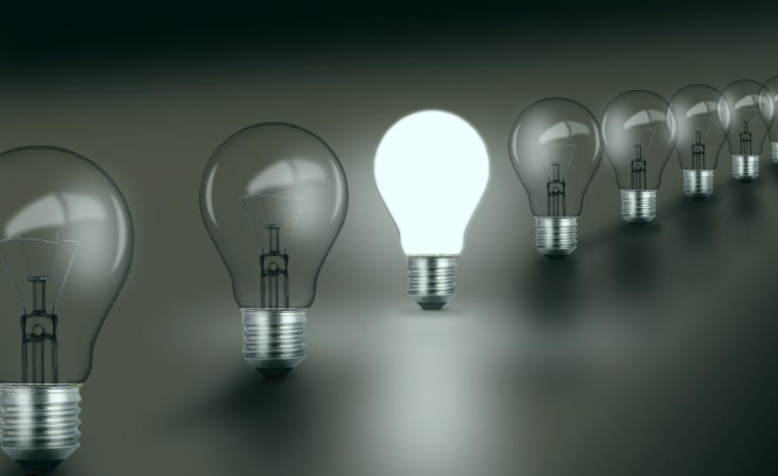
Using Inappropriate LED Drivers
Every LED light is equipped with drivers. The driver is for distributing the power and for the device to operate appropriately. However, if the driver is not compatible with the LED light, it can cause the light to flicker, dim, or fail prematurely.
Always inspect the LED driver first so that you can choose the one that’s compatible with your LED light. If you’re not sure which driver to use, check the product specifications or contact the manufacturer. Furthermore, it’s important to choose high quality LED drivers from reputable brands such as Mean Well, Tridonic, Philips Advance, Osram, Lifud, Moso Power and Eaglerise.
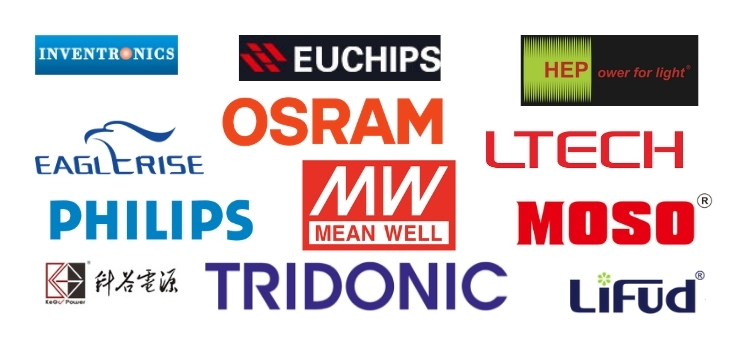
LED Strip Displaying the Wrong Color
LED strips can sometimes display the wrong color due to issues with the wire connections or the LED controller. For instance, if the wires are not properly connected, the LED strip may not receive the correct signals from the controller, causing it to display the wrong color.
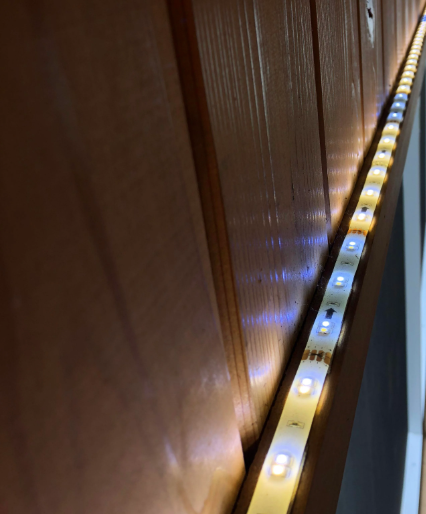
To solve this, you could inspect the wiring and make sure all connections are secure. If the problem persists, it may be an issue with the LED controller. In this case, you may need to replace the controller.
Using LEDs with Other Types of Lighting Technology
Using LEDs in the same place as heat-generating incandescent or fluorescent bulbs isn’t a wise idea.
So, why shouldn’t we mix LED with other lighting systems? The fact is, most traditional lighting technologies are usually not as efficient. For instance, traditional incandescent bulbs tend to overheat more easily due to their lack of heat dissipation.
LEDs, on the other hand, tend to work better in cooler places compared to fluorescent and incandescent bulbs, which is why you shouldn’t install them in hot locations.
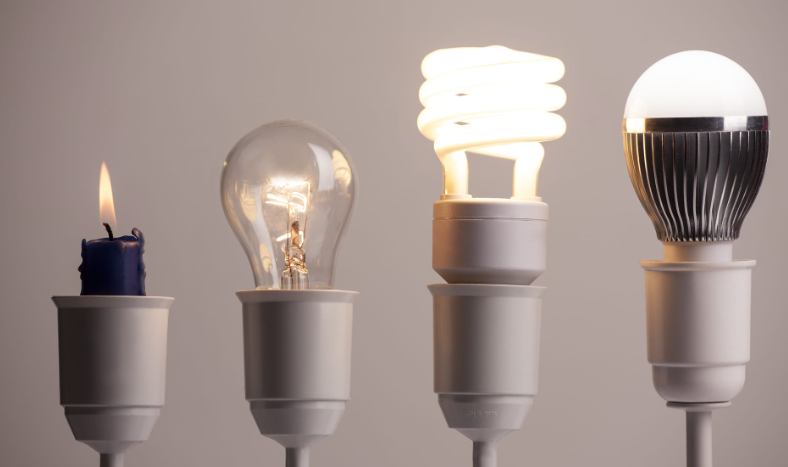
If you mix LED lights with another lighting system, heat will start to accumulate around your LED light fixtures, and if ventilation, heat dissipation, and airflow are inadequate, your LEDs might start to get damaged. If this happens, you need to be prepared for burns, damaged wiring, smoke, fires, and permanent fixture damage.
So, what should you do? It’s simple. Don’t use your old lighting technologies with your new LED lighting systems. If you need to use different types of lighting in the same area, make sure they are sufficiently separated to prevent heat transfer.
Interference with Other Devices
Some LEDs can interfere with other devices, like radios or remote controls, due to electromagnetic interference. This is because LEDs, like all electronic devices, produce electromagnetic fields that can interfere with the operation of other electronic devices. The interference caused by LED lights is a type of Electromagnetic Interference (EMI).This issue is more common with cheaper or lower-quality LED lights, which may not have adequate shielding to prevent electromagnetic interference.
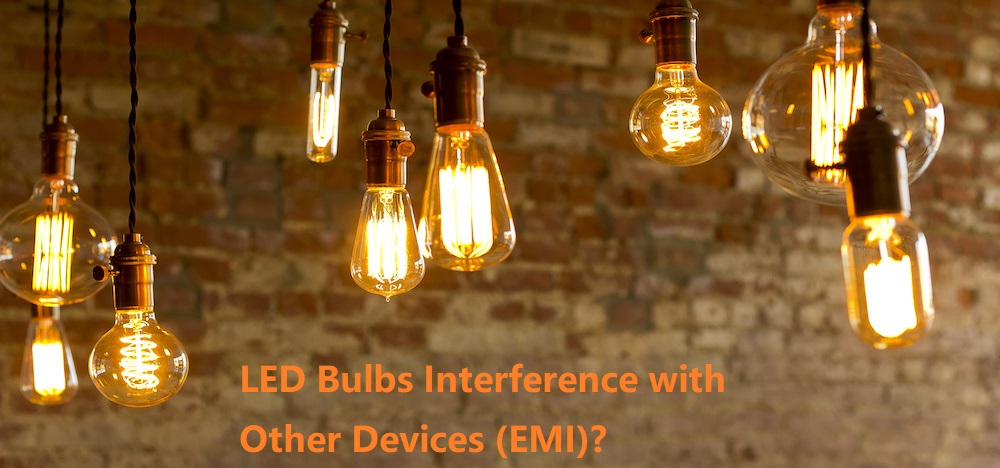
Here’s how you can address this issue:
- Quality Products: Purchase high-quality LED products. Higher-quality LEDs have better shielding and are designed to minimize EMI.
- Proper Installation: Ensure that your LED lights are properly installed. Poor installation can increase the chances of EMI.
- Use EMI Filters: These devices can reduce EMI by blocking high-frequency electromagnetic waves. They can be installed in your electrical system.
- Separation: Keep your LED lights and sensitive devices physically separated. The further apart they are, the less likely interference will occur.
- Consult a Professional: If you’re experiencing significant issues with EMI, it may be worth consulting with a professional. They can assess your specific situation and provide tailored advice.
Remember, while EMI can be a nuisance, it’s usually manageable with the right approach.
Color Quality
The color quality of LED lights refers to how accurately they render colors compared to natural sunlight. This is measured using the Color Rendering Index (CRI), with a higher CRI indicating better color accuracy.
However, some LED lights may have issues with color quality, including:
Inconsistent Color: Different LED bulbs, even from the same manufacturer or batch, can produce slightly different colors. This is due to slight variations in the manufacturing process.
“Binning” in the context of LED manufacturing is a quality control process where LEDs are sorted and grouped based on their color and brightness characteristics.
Here’s a simple way to understand it:
Imagine you have a bag of mixed candies. You decide to sort them by color and size. All the large red candies go into one bin, the small red candies go into another, and so on for each color and size. This is similar to what happens in LED binning.
When LEDs are manufactured, they are not all exactly the same due to slight variations in the manufacturing process. Some LEDs might be a bit brighter, some might emit a slightly different color, and so on.
In the binning process, these LEDs are sorted and grouped (or “binned”) together based on these characteristics. So, all the slightly brighter, cooler-colored LEDs might go into one bin, while the slightly dimmer, warmer-colored LEDs might go into another.
This process ensures that when you buy a batch of LEDs, they will all have consistent brightness and color. It also helps manufacturers control the quality of their products and offer different options to customers based on their needs.
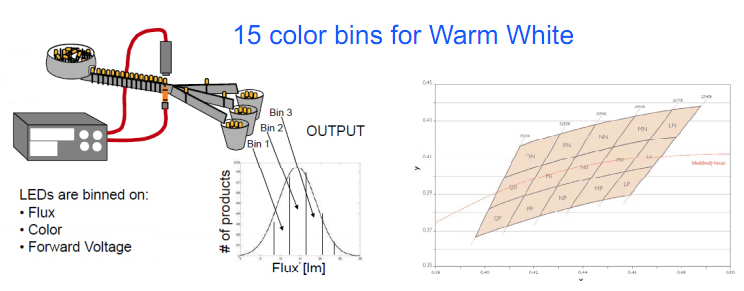
The difference in color between the two sources is quantified using what is called the “MacAdams ellipse.” A MacAdams ellipse is a measure of how distinguishable the difference in color is between two light sources to the human eye. The fewer the MacAdams steps, the less noticeable the difference, and the higher the quality (and cost) of the LEDs.
The LEDs within a single bin may be as much as four distinguishable separations apart from one another, where one MacAdams step is not visible, two to four steps is barely visible, 5 or more is readily noticeable. Each LED manufacturer has its’ own unique bin parameters (one has 15 distinct color bins for “warm white” alone.)
The tighter bin parameters (fewer MacAdams steps) or higher flux (brightness) result in higher costs(as much as 2x-3x.). Additionally, LED suppliers charge a premium to fixture manufacturers who buy LEDs from just one bin, further complicating the cost structure. In the context of LED binning, a smaller number of MacAdam steps means that the color difference between the LEDs in a bin is less noticeable, which is generally considered to be a sign of higher quality.
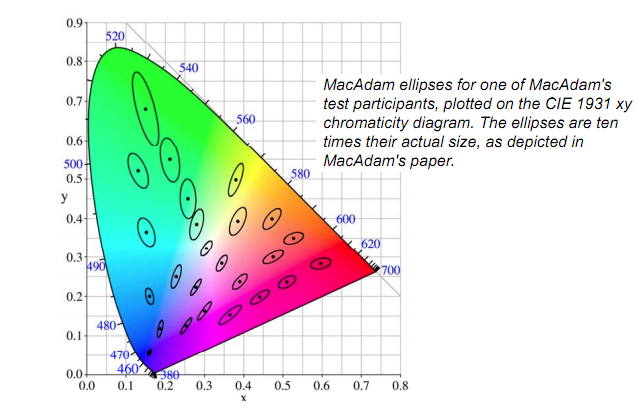
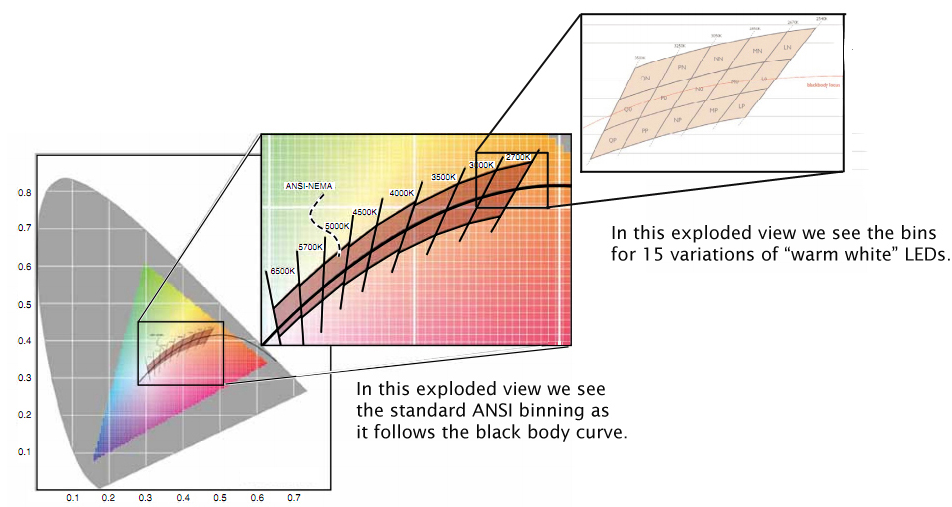
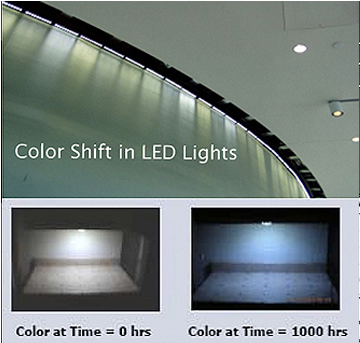
Color Shift: Over time, the color temperature of an LED light can shift, causing the light to appear warmer or cooler than originally intended. This can be due to a variety of factors, including the design of the LED, the materials used, the manufacturing process, and the conditions under which the LED operates. For example, as an LED age, it can get hotter, which can cause the color of the light it produces to change. Also, the parts of the LED that shape and direct the light (the optics) can degrade over time, which can also affect the color.
To measure these color shifts in LEDs, the industry uses a concept called “MacAdam ellipses,” which is a way of quantifying how much the color has changed in a way that relates to how our eyes perceive color.
Poor Color Rendering: Some LED lights may not accurately render colors. This can make objects appear washed out or off-color under the light.
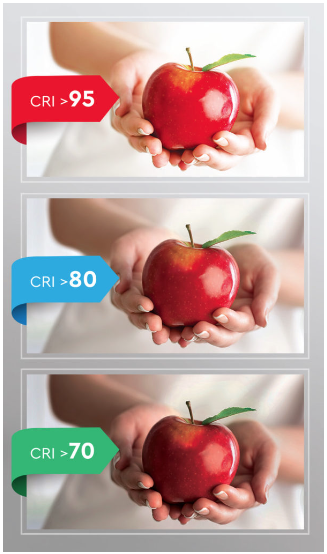
Limited Color Options: Traditional incandescent bulbs naturally produce a warm, yellowish light. While LED lights can be made to produce a range of colors, some people find that they don’t quite replicate the warmth of incandescent bulbs.
These issues can be mitigated by choosing high-quality LED lights from reputable manufacturers, which are designed to minimize color inconsistencies and shifts. Additionally, LED lights with a high CRI can be chosen for applications where color accuracy is important.
Health Effects
While LED lights have many benefits, there are some potential health effects to be aware of:
- Blue Light Exposure: LED lights emit a high level of blue light, which can disrupt sleep patterns if you’re exposed to it late in the evening. Blue light can suppress the production of melatonin, a hormone that regulates sleep.
- Eye Strain: The high intensity of LED lights can cause eye strain or discomfort, especially if you’re exposed to them for extended periods.
- Flicker Sensitivity: Some people are sensitive to the flicker produced by LED lights, even if it’s not visible to the naked eye. This can cause headaches, eye strain, and even migraines in some cases.
- Photosensitive Conditions: People with certain photosensitive conditions may experience adverse reactions to LED lights. For example, some people with epilepsy can have seizures triggered by flickering lights.
It’s important to note that these health effects can be mitigated with proper use of LED lights. For example, using warm-colored LED lights in the evening can reduce blue light exposure. Also, using high-quality LED lights with a steady light output can reduce flicker. As always, if you have specific health concerns, it’s best to consult with a healthcare professional.
LED Light Lures Bugs or Insects
Interestingly, some types of LED lights can indeed attract bugs and insects. This is because many insects are attracted to light, particularly light in the ultraviolet (UV) spectrum. While LED lights emit less UV light than traditional incandescent bulbs, some still emit light in the blue spectrum, which can also attract bugs.
This can be a nuisance if you’re using LED lights outdoors in the evening, as it can lead to an increase in bugs around your lights. It’s also worth noting that while LED lights may attract fewer bugs than other types of lights, they can still attract some bugs, particularly those that are attracted to heat or light in the blue spectrum.
So, if you’re noticing more bugs around your LED lights, it might be due to the type of light they’re emitting. It’s worth considering if this is a significant issue for you, especially if you’re using LED lights outdoors or in areas where bugs are a concern.
LED Lumen Depreciation (Light Decay)
All light sources, including LEDs, experience lumen depreciation – meaning the amount of light produced decreases over time. LED Lumen Depreciation refers to the gradual decrease in the brightness (or “lumens”) that an LED light produces over time. It’s a bit like how a battery-operated toy might start to move slower and slower as the battery runs out.
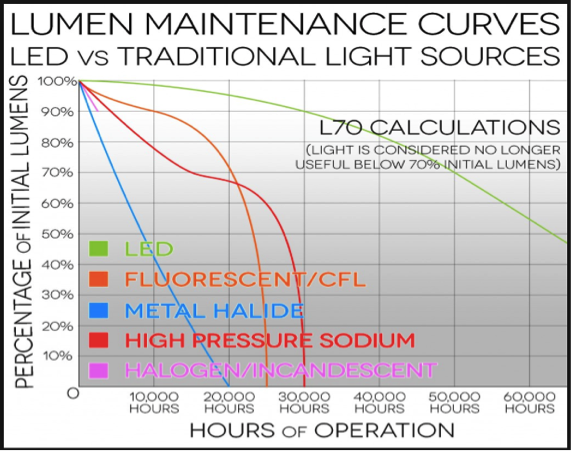
LED lights are complex systems. They’re not just a single light-emitting part, but also include other components for managing heat, controlling electricity, shaping the light, and providing physical support. All these parts work together to produce the light that we see.
However, over time, these components can start to wear out or become less effective. For example, LEDs produce a lot of heat, and if this heat isn’t properly managed, it can cause the LED to become less bright. Similarly, the electrical components that power the LED can start to fail over time, which can also reduce the brightness of the light.
Additionally, the materials used in the LED light, such as the lenses and reflectors, can degrade over time due to exposure to intense light and heat. This can also contribute to the LED becoming less bright.
So, when we talk about LED Lumen Depreciation, we’re talking about how all these factors can cause an LED light to gradually become less bright over time. This is why it’s important to consider not just the initial brightness of an LED light, but also how well it maintains that brightness over its lifetime.
Addressing LED lumen depreciation involves several strategies:
- Quality Products: Invest in high-quality LED products from reputable manufacturers. These products are designed with high-quality components and advanced technologies that can help mitigate lumen depreciation.
- Proper Heat Management: Heat is a major factor in LED lumen depreciation. Ensure your LED fixtures have proper heat management systems in place, such as heat sinks or cooling fans. This helps to keep the LED at an optimal operating temperature, prolonging its lifespan and maintaining its brightness.
- Appropriate Power Supply: Using the correct power supply for your LED lights can also help reduce lumen depreciation. An unstable or inappropriate power supply can cause the LEDs to work harder than necessary, leading to faster depreciation.
- Regular Maintenance: Regular cleaning and maintenance of the LED fixtures can also help. Dust and dirt can accumulate on the fixtures over time, reducing their brightness. Regular cleaning can help maintain the light output.
- Professional Installation: Ensure that your LED lights are installed correctly and in suitable locations. Incorrect installation or placement in areas with high ambient temperatures can lead to faster lumen depreciation.
Remember, all lights will experience some degree of lumen depreciation over time. The goal is to slow this process down as much as possible to maintain the effectiveness of your LED lighting.
Limited Directional Light Output
Unlike traditional bulbs that emit light in all directions, LEDs are directional. This means they emit light in a specific direction, which can limit their use in certain applications. For example, in a table lamp, a directional LED bulb may not provide as much light to the surrounding area as a traditional bulb would.
Manufacturers have developed ways to overcome this, such as using diffusers to spread the light. If you need a light source that provides light in all directions, consider using an LED bulb with a diffuser, or choose a bulb specifically designed for your application.
Conclusion
In conclusion, while LED lights offer numerous benefits, they can also present certain challenges. However, most of these issues can be easily resolved with the right knowledge and approach. By understanding these common problems and their solutions, you can ensure that your LED lights function optimally and last for a long time. Remember, the key to avoiding most of these problems lies in purchasing high-quality LED lights, installing them correctly, and maintaining them properly.
You could always trust Sinolumi LED Ltd. We could provide the information and solution to solve your concern with LED lighting systems.
